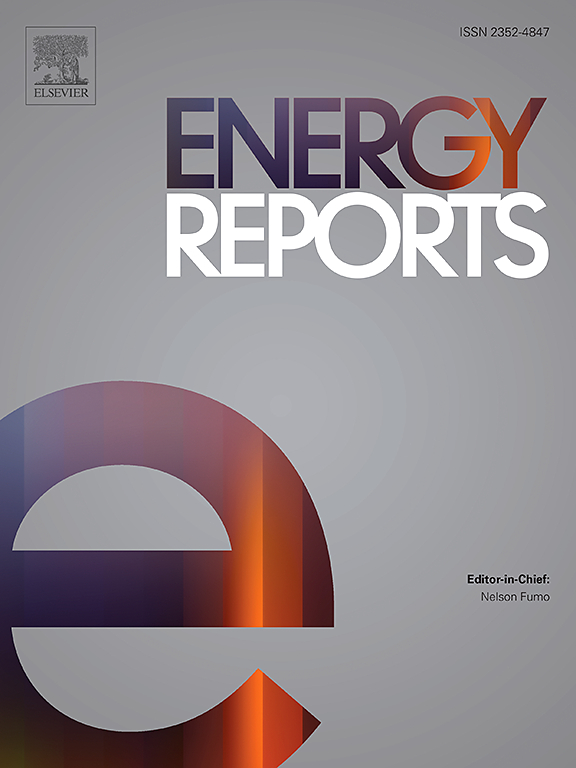Optimised mixed agri-food waste simulant for enhanced bioenergy production via hydrothermal carbonisation and supercritical plant modelling
IF 4.7
3区 工程技术
Q2 ENERGY & FUELS
引用次数: 0
Abstract
Sustainable bioenergy production from mixed agri-food waste (MAFW) offers eco-friendly solutions to global waste management and energy resource challenges. Yet, its application is hindered by the inherent variability of MAFW composition, influenced by agri-food production practices, geographical factors, and seasonality. This variability poses significant obstacles in bioenergy research, from obtaining consistent MAFW samples to impacting the reproducibility of results in controlled laboratory experiments. This study addresses this gap via a new theoretical and experimentally validated approach to develop a mixed agri-food waste (MAFW) simulant recipe for bioenergy research amenable to different contexts. Leveraging comprehensive statistical analyses of extensive crop production and agri-food waste generation data, this approach circumvents the resource, logistical, and time constraints of direct sampling methods, which often bear health risks and regulatory compliance challenges. Our findings reveal that the variability analysis of MAFW simulant formulated replicates demonstrated consistent and reproducible sample formulation processes, with physicochemical properties mirroring actual MAFW sourced from open-air markets. Following the proposed methodology, the simulant approximated MAFW's characteristics in real-world scenarios, thus providing a dependable basis for experimental reproducibility. Results from pre-treating MAFW simulant using hydrothermal carbonisation show improved energy and combustion properties, which led to a marked impact on power generation performance. Hydrochar derived from MAFW simulant met ISO standards for thermally-treated solid fuel and utilising them as a fuel source in a supercritical power plant enhanced bioenergy conversion efficiency—increasing power generation efficiency by 10 % while reducing fuel consumption and CO2 emissions by 36 % and 8 %, respectively. This study validates the practical relevance of MAFW simulant and its potential to optimise scalable approaches for advancing bioenergy research and production, with implications for sustainable agricultural and waste management practices.
求助全文
约1分钟内获得全文
求助全文
来源期刊

Energy Reports
Energy-General Energy
CiteScore
8.20
自引率
13.50%
发文量
2608
审稿时长
38 days
期刊介绍:
Energy Reports is a new online multidisciplinary open access journal which focuses on publishing new research in the area of Energy with a rapid review and publication time. Energy Reports will be open to direct submissions and also to submissions from other Elsevier Energy journals, whose Editors have determined that Energy Reports would be a better fit.
 求助内容:
求助内容: 应助结果提醒方式:
应助结果提醒方式:


